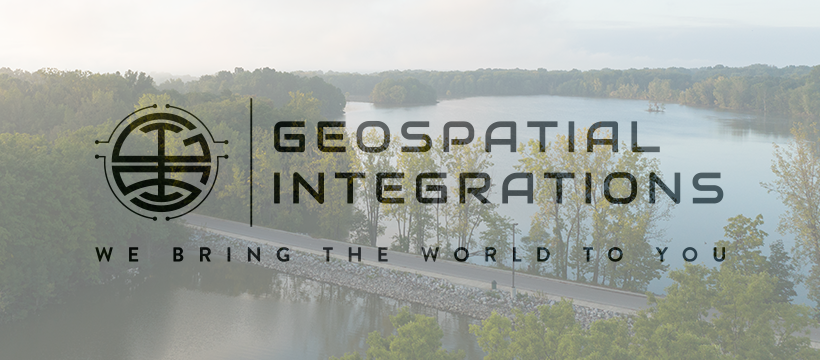Introduction
Using drones in commercial roofing has revolutionized the industry by improving efficiency, safety, and data collection. With advancements in drone technology, roofing professionals can now choose from various drone types to suit their specific needs. This article will discuss the different kinds of drones suitable for commercial roofing applications, including fixed-wing, multirotor, hybrid, and tethered drones.
Fixed-Wing Drones
Fixed-wing drones are characterized by their fixed, non-moving wings and their ability to glide through the air. These drones offer several advantages for commercial roofing applications, including:
- Long flight times: Fixed-wing drones can cover large distances and stay airborne for extended periods, making them ideal for inspecting large commercial properties.
- Efficient energy consumption: These drones use less energy than multirotor drones, resulting in longer battery life.
- High-speed capabilities: Fixed-wing drones can fly faster, allowing them to cover more ground quickly.
However, fixed-wing drones may only be suitable for some commercial roofing applications. They typically require a runway for takeoff and landing and are less maneuverable than multirotor drones.
Multirotor Drones
Multirotor drones, such as quadcopters, hexacopters, and octocopters, are the most common type of drone used in commercial roofing. They are characterized by multiple rotors, which allow them to hover and maneuver easily. The benefits of multirotor drones in commercial roofing include the following:
- Hover capabilities: Multirotor drones can hover in place, allowing for detailed, up-close inspections of roofs and structures.
- Vertical takeoff and landing (VTOL): These drones can take off and land vertically, making them suitable for use in tight spaces and urban environments.
- Easy to control: Multirotor drones are generally more user-friendly and more accessible to control than fixed-wing drones.
However, multirotor drones typically have shorter flight times and may not cover large areas as efficiently as fixed-wing drones.
Hybrid Drones
Hybrid drones combine the best features of both fixed-wing and multirotor drones. These drones often have a vertical takeoff and landing (VTOL) capability, allowing them to hover like multirotor drones while maintaining the efficiency and speed of fixed-wing drones. The benefits of hybrid drones in commercial roofing include the following:
- Versatility: Hybrid drones suit various commercial roofing tasks, from large-scale inspections to detailed close-ups.
- Longer flight times: The combination of fixed-wing efficiency and multirotor capabilities allows hybrid drones to remain airborne for extended periods.
- Enhanced stability: Hybrid drones provide excellent stability in various weather conditions, enabling more accurate data collection and analysis.
Tethered Drones
Tethered drones are connected to a power source and a control station via a cable, providing continuous power and a reliable data connection. While the length of the rope limits their range, tethered drones offer several advantages for commercial roofing applications:
- Continuous operation: Tethered drones can operate indefinitely without replacing batteries, making them suitable for long-duration inspections and monitoring.
- Reliable data transmission: The rope provides a secure data connection, ensuring the information collected is transmitted without interruption or interference.
- Increased safety: Tethered drones are less likely to drift away or experience interference from other wireless signals, reducing the risk of accidents or damage.
Conclusion
Choosing the correct type of drone for commercial roofing applications depends on the specific requirements of the project, such as the size of the area to be inspected, the level of detail needed, and the available budget. By understanding the advantages and limitations of each type of drone, roofing professionals can make informed decisions and enhance.

